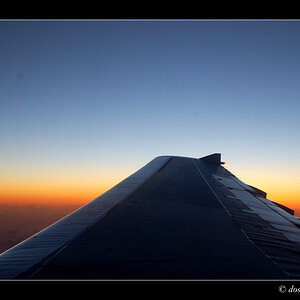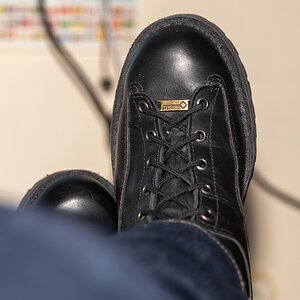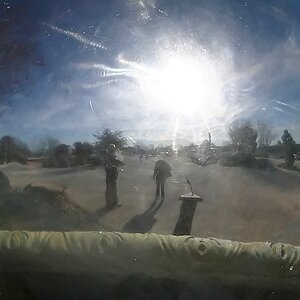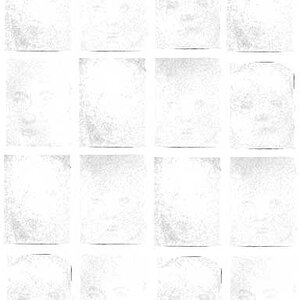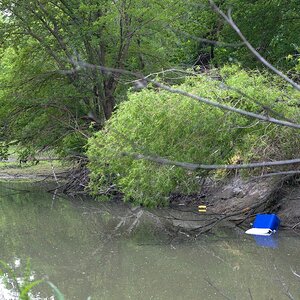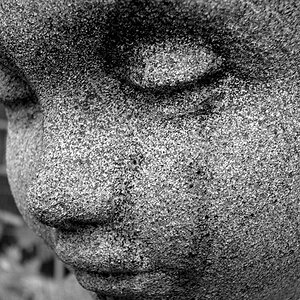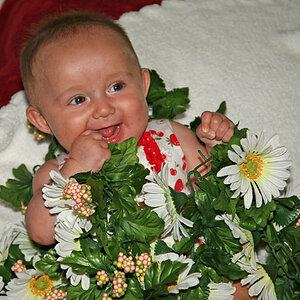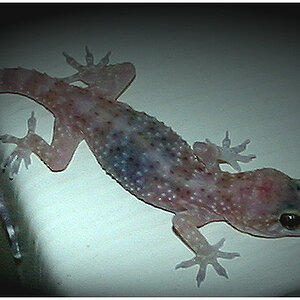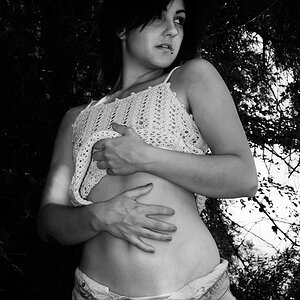bentcountershaft
Been spending a lot of time on here!
- Joined
- Nov 1, 2009
- Messages
- 2,551
- Reaction score
- 1,061
- Location
- Southern Indiana, USA
- Can others edit my Photos
- Photos OK to edit
I chimp with reckless abandon.
Quick related story:
One very cold day after I got my 70-200 I went to the park to shoot ducks, because it was my first telephoto and you can always count on some ducks being there. It was cold enough that I was the only one in our county's largest park. A few minutes later another photographer shows up, looking for something to shoot. He walks over towards me and says he shoots for the Courier-Journal (the largest paper in the Louisville area) and that he''s supposed to get some shots of people enjoying New Albany parks. Being that I'm the only one there he asks if he can do some candids of me shooting and asks my name. I say sure and go on shooting the ducks while he shoots me. He leaves after a few and I think nothing of it.
Well, sure enough it was a very slow news week so there on the front page of the Sunday Edition was a pic of yours truly, chimping like there was no tomorrow.
Quick related story:
One very cold day after I got my 70-200 I went to the park to shoot ducks, because it was my first telephoto and you can always count on some ducks being there. It was cold enough that I was the only one in our county's largest park. A few minutes later another photographer shows up, looking for something to shoot. He walks over towards me and says he shoots for the Courier-Journal (the largest paper in the Louisville area) and that he''s supposed to get some shots of people enjoying New Albany parks. Being that I'm the only one there he asks if he can do some candids of me shooting and asks my name. I say sure and go on shooting the ducks while he shoots me. He leaves after a few and I think nothing of it.
Well, sure enough it was a very slow news week so there on the front page of the Sunday Edition was a pic of yours truly, chimping like there was no tomorrow.


